Apple Is Suing… Apple?
What A Movie Theater Chain Taught Us About Trademark Myths, Fame, And Federal Court. | I Am What an Intellectual Property Attorney Looks Like.
Hey Fam,
I love going to the movies.
Back when I was studying for the California Bar Exam, “Black Panther” had just come out.
I studied all day, and as a treat and mid-study break, I threw on my little African getup, and headed to the theater.
For those two hours, I was in Wakanda — and it was one of the best experiences of my life.
I’m sure you have your own movie story, too.
Maybe it was a film that made you cry.
Maybe it made you laugh until your stomach hurt.
Or maybe, it made you so thoughtful that you walked out of the theater in silence.
No matter the story, one thing is clear: movies are powerful.
So when a relatively unknown East Coast theater chain announced plans to expand into a historic San Francisco cinema space previously occupied by AMC and CGV…
Apple — the Cupertino-based tech monolith (and likely the maker of the phone you’re reading this on) — said:
Not on our watch.
The Lawsuit
In early 2024, Apple Cinemas, a growing regional movie theater chain, filed to trademark its name and a related brand, ACX – Apple Cinematic Experience.
The U.S. Patent and Trademark Office (USPTO) actually approved the mark for publication.
All Apple Cinemas had to do was disclaim exclusive rights to the word cinemas — and they were on track for federal registration.
That was February 29, 2024.
By September of that same year, the USPTO had reversed course — now identifying six separate conflicts with the Apple Cinemas brand.
Apple Inc. got wind of what Apple Cinemas was trying to do.
As a result, on April 1, 2025, Apple Inc. sued Apple Cinemas in Massachusetts federal court.
Their 44-page complaint said that Apple Cinemas had engaged in:
“Deliberate misuse of Apple’s world-famous Apple trademark and service mark… to capitalize on the highly regarded Apple brand in connection with the aggressive nationwide expansion of a movie theater chain.”
Whew…those are fighting words where I’m from.
But if you’re anything like me, you can’t help but wonder, then: Does this mean Apple owns the word Apple?
Well — yes.
And no.
…but kind of yes.
Let’s break it down.
In this Founder’s Letter, let’s unpack three big trademark myths this lawsuit helps debunk.
Ready?
Let’s dive right in.
Loving This Post?
Show us some love by adding a “❤️” or commenting below; this will make our hearts sing.
But First, Church Announcements:
New Freebie Alert: When’s the Right Time to Trademark?
If you’re a social entrepreneur building something meaningful, timing is everything.
Waiting too long to protect your brand could cost you opportunities—or even the rights to your own name.
📘 Download our free workshop: When’s the Right Time to Trademark?
This must-read resource is designed for thought leaders, coaches, and consultants who want to know the exact moment to secure their brand.
Inside, you’ll learn:
→ Why “later” can be too late when it comes to trademarking
→ The signs your business is ready to file (from your first client to your first product launch)
→ The risks of delaying protection—and how competitors could beat you to your own name
→ How to safeguard your business name, logo, program titles, podcast, and signature offers at the right stage
Whether you’re just starting out or scaling your impact, this guide shows you the roadmap to protecting your work before it’s at risk.
Your work deserves more than recognition. It deserves legal protection.
Now, back to our regularly scheduled program…. :)
Reality: Trademark ownership is limited to how and where you use the mark.
A common misconception is that registering a trademark gives you ownership over a word in all contexts.
In reality, trademark protection is category-specific — meaning you only get exclusive rights to the name in connection with the goods or services you identify in your registration.
At the USPTO, there are 45 international classes of goods and services.
So if you register a mark in Class 41 (education and training services), that doesn’t automatically block someone from using the same name in Class 25 (apparel) — unless there’s likely consumer confusion.
That’s how Dove chocolate and Dove soap can legally coexist.
Same goes for:
Pandora jewelry vs. Pandora Radio
Delta Airlines vs. Delta Faucets
Lowe’s Home Improvement vs. Lowe’s Theaters
They operate in distinct spaces and don’t cause confusion.
How this applies to you:
Let’s say you run a coaching company and trademark your brand name under Class 41.
If you later want to launch a physical product line or digital courses under that same brand, you may need to expand your registration to cover new classes like:
Class 9 (downloadable content, apps)
Class 16 (printed materials)
Class 25 (clothing)
Your brand protection strategy must grow with your business.
If you assume your first registration gives you full control, you risk leaving parts of your brand exposed — or worse, allowing others to register your name in an adjacent class.
Pro tip: Perform a full trademark search (and obtain a comprehensive trademark report) whenever you launch a new vertical or product.
Reality: Believe it or not, that can also be false — especially when the brand is famous.
It’s true that most trademark conflicts arise when companies operate in overlapping markets. But fame changes everything.
Under the Trademark Dilution Revision Act, famous marks are protected even outside their traditional industry. This means that companies like Apple, Nike, and Disney can sue anyone using their name — not just for confusion, but for dilution.
There are two key types of dilution:
Blurring: Weakens the distinctiveness of a famous brand.
Tarnishment: Harms its reputation by associating it with unsavory or unrelated content.
So while a startup movie theater chain might think “Apple Cinemas” is in a different space, the fame and consumer perception of Apple as a brand — especially with Apple TV and Apple Studios — creates a perceived affiliation, which is enough to trigger legal action.
How this applies to you:
If your brand is starting to gain recognition, this myth is a double-edged sword.
If you’re building a famous brand:
You may eventually qualify for dilution protections.
You’ll be able to enforce your mark beyond your immediate niche.
That’s powerful — but only if you stay vigilant and proactively enforce your rights.
If you’re building a brand name similar to a famous one:
Even if you operate in a different space, you could still face legal challenges.
It doesn’t matter if you’re acting in good faith — the perception of association is enough to spark a lawsuit.
Pro tip:
Before naming your brand — or expanding it — run a clearance search with dilution risk in mind.
Don’t just check for confusingly similar marks — also ask, could a consumer think we’re connected to a famous brand?
If you’re unsure, have a trademark lawyer evaluate the risk before spending money on branding, content, and product development.
Reality: Approval ≠ Registration.
The USPTO can — and often does — change its mind.
Remember: Apple Cinemas was actually approved for registration.
Their application moved forward in February 2024 after a USPTO review.
All they had to do was disclaim the word cinemas.
But by September, the USPTO reversed course and cited six different conflicts.
Why? Because approval doesn’t guarantee registration.
In fact, several things can happen after your mark is approved:
A senior examiner can tell the assigned junior attorney to reconsider.
The USPTO’s internal systems can flag the mark for re-review.
A third-party company (like Apple) can submit a Letter of Protest or formal Opposition.
The public posting (publication) opens a 30-day window for objections.
And yes, even if your mark is registered, it can still be canceled if someone proves it shouldn’t have been granted in the first place.
So…registration doesn’t save you either…
How this applies to you:
This myth trips up so many founders — especially those who:
DIY their filings with LegalZoom or Trademark Engine
Rely on superficial clearance checks
Assume no initial refusal = no risk
If you submit an application and it gets approved, you are not done:
You’re not protected until registration is issued — usually 8–14 months later.
If you filed as an Intent-to-Use applicant, you also need to prove real-world use.
You remain vulnerable to third-party actions the entire time, and even after registration occurs.
Pro tip:
Never consider a mark “safe” until it’s fully registered, and even then, make sure you’re watching and enforcing your TM right.
If you’re facing a refusal or want to avoid one, hire counsel who has experience responding to Substantive Office Actions (which can easily run 50–120 pages).
To reduce future risk, use a trademark attorney to draft and monitor filings — especially when you expect your brand to scale.
Apple Cinemas might’ve thought it was just a local theater chain trying to scale.
But once their brand name collided with one of the most protected trademarks in the world, everything changed.
This lawsuit is more than just a legal story — it’s a brand-building lesson.
If you’re a founder, creative, or entrepreneur building something bold, remember:
Words have limits — and power
Your industry isn’t always a shield
The trademark process is not “set it and forget it”
And most importantly: your timing matters.
Should a tech company be allowed to block a movie theater from using the same name?
Or is Apple right to protect what it’s built?
Let me know in the comments.
And if you’re in the brand-building phase, make sure your trademarks are registered — and protected — before someone else files first.
Need Help Protecting Your Creativity?
If you are unsure—or if you know you need to take action—reach out to us.
We have helped countless founders and creatives safeguard their intellectual property, and we would love to do the same for you.
If you need further guidance, reach out to me and my team at Firm for the Culture.
We’re here to help you navigate the copyright, trademark, and thought leadership journey.
Can’t wait to help you protect your dynamic impact.
And #ThatsAWrap
The Doors of the Church Firm Are Open
Thanks for reading
See you next time.


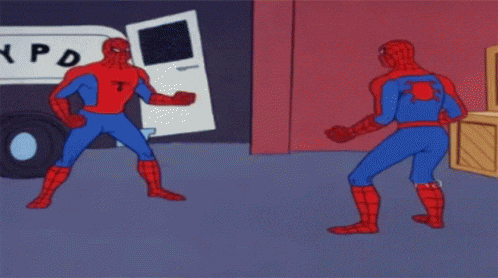
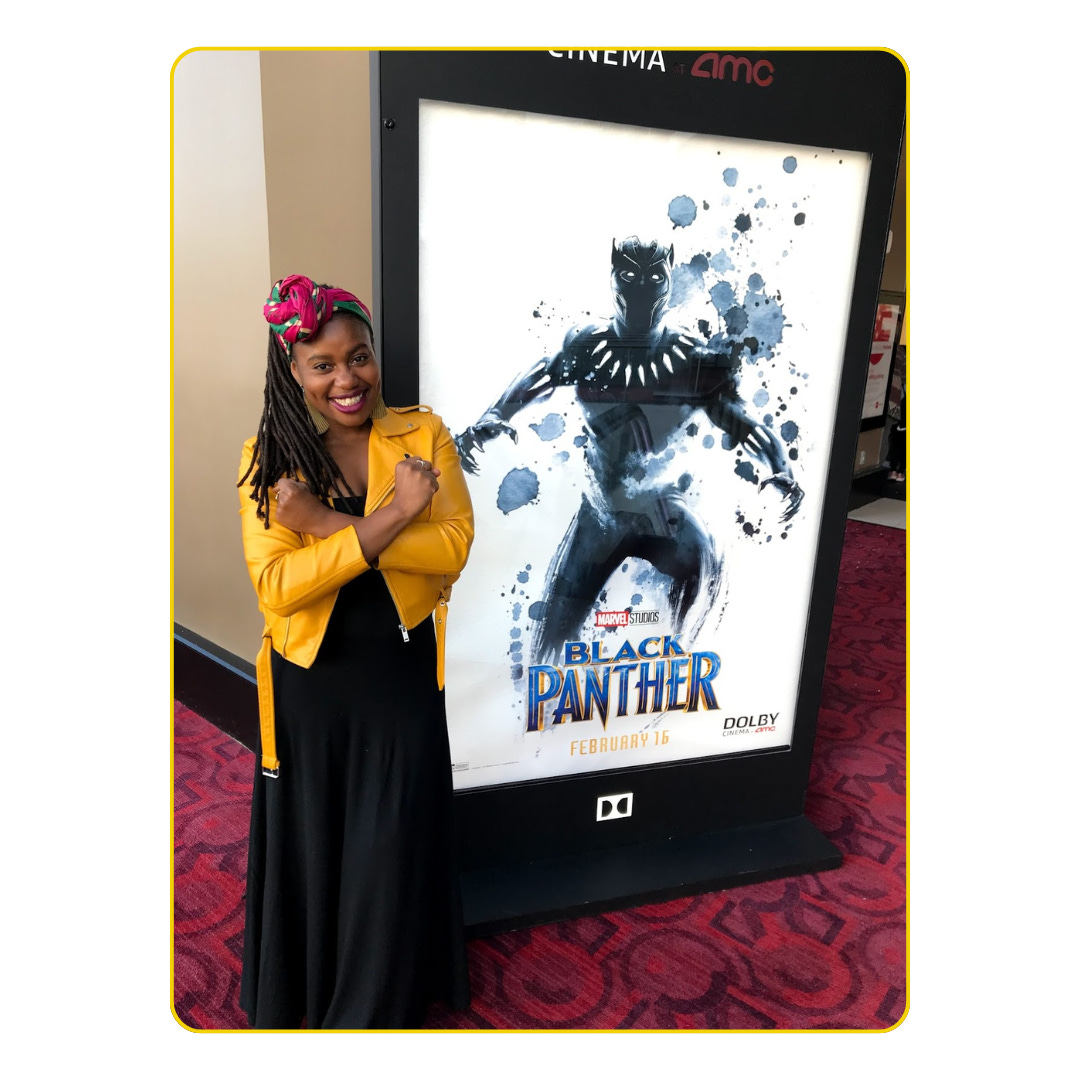
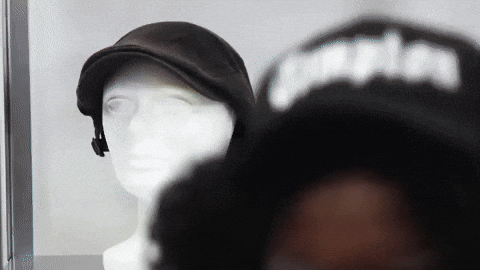
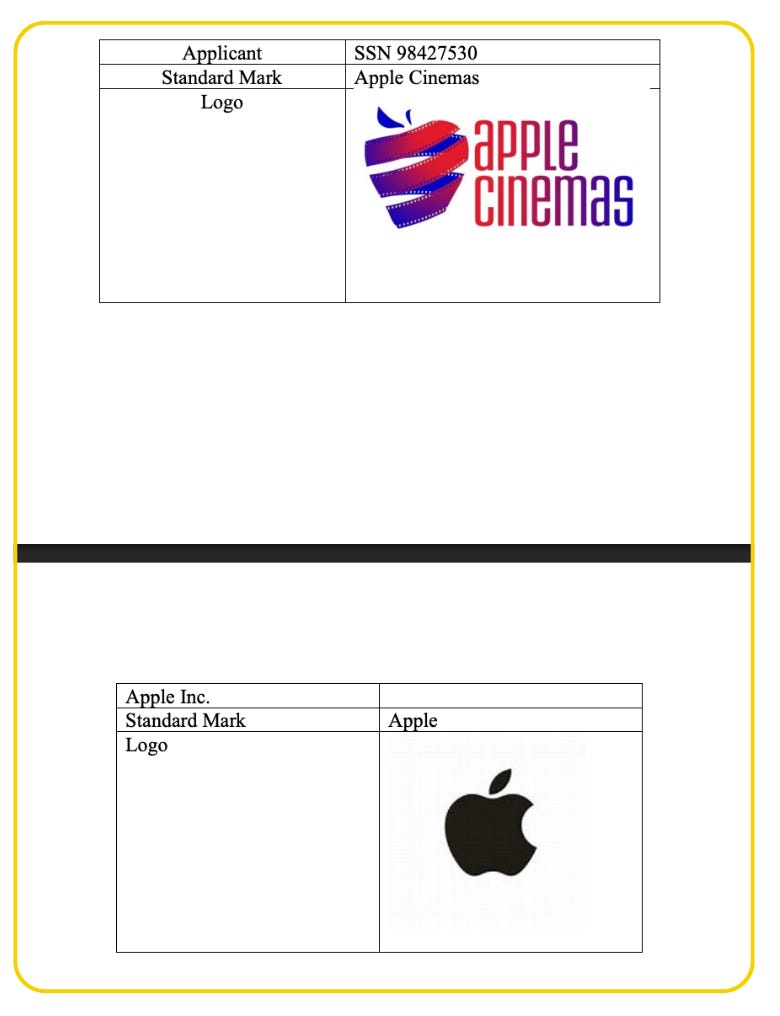

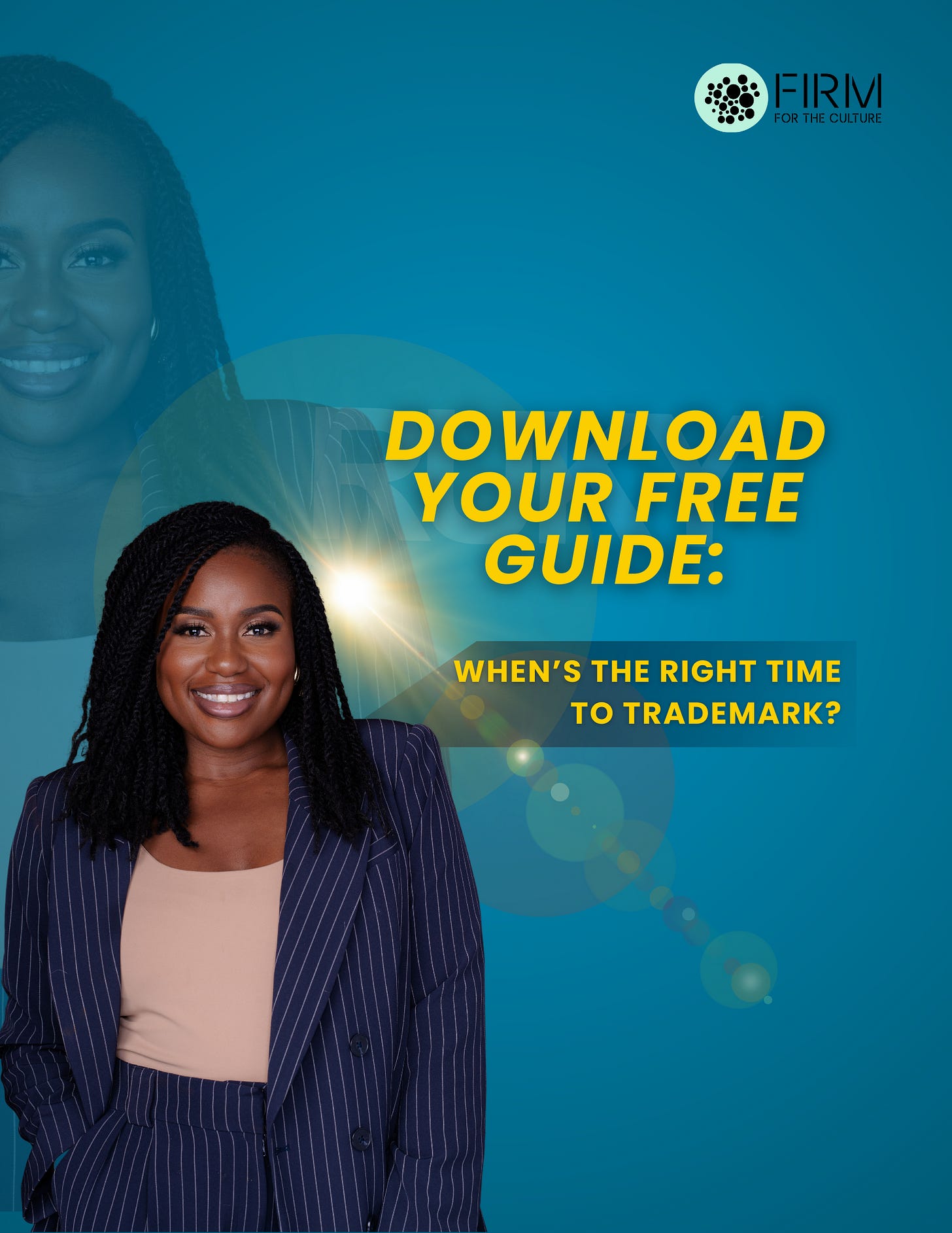

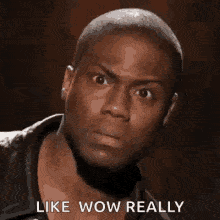


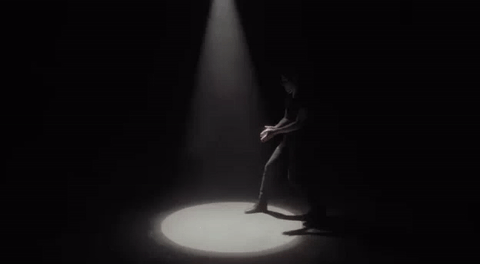
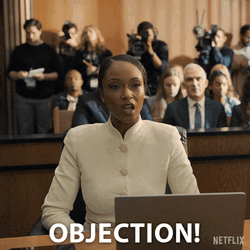

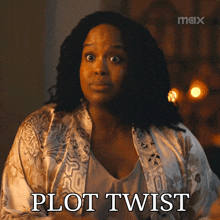

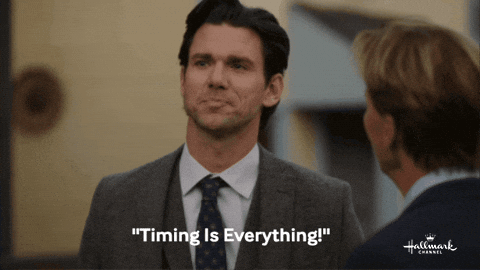


Interesting article
Terrific example.
It reminded me that Apple appropriated the 'iPhone' name from Cisco.
ChatGPT reminded me:
- When Steve Jobs announced the Apple iPhone on January 9, 2007, Cisco was already the trademark owner
- Cisco filed a trademark infringement lawsuit against Apple the very next day
- Apple argued that “iPhone” was a natural, descriptive name and sought to leverage its massive consumer appeal.
They reached a settlement whereby Cisco used 'iPhone' for its VoIP phones (which 'faded into obscurity').
ChatGPT also tells me that suggesting 'iPhone' is a 'natural, descriptive name' is a PR argument, not a legal one.
So it points to the value of good legal advice in the face of giants inclined to treat trademark infringement as a speed bump. And who bully their 'adversaries' into submission (settlement): even big companies like Cisco.